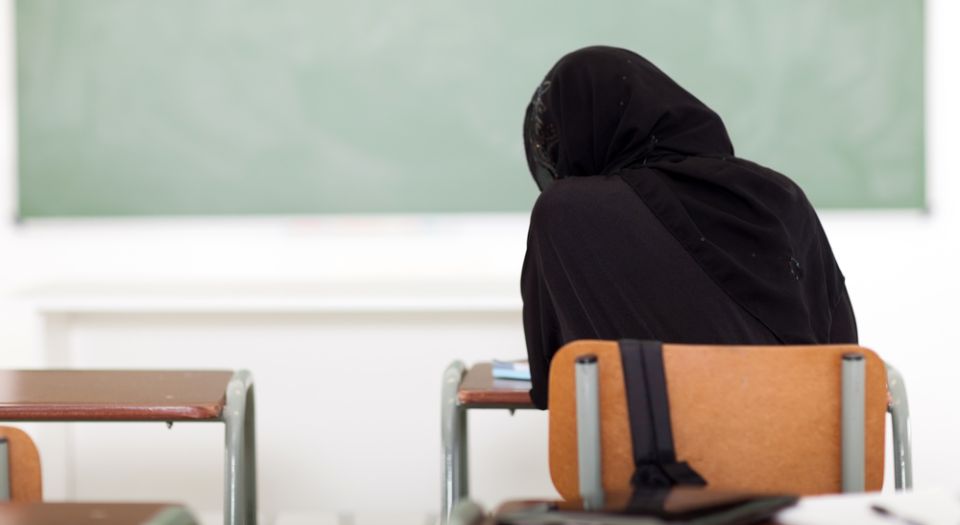By Yaseen Kippie
South Africa celebrated as a vanguard of multiculturalism- has seen a rise in cases of schools being accused of intolerance towards religious expression. Whilst the outrage over black hair at a girls’ high school in Pretoria in 2016 thrust the issue of school racism and cultural expression into the spotlight, other less prominent cases such as a Johannesburg school requiring Muslim pupils to carry a ‘concession card’ to wear a head scarf points to issues of religious freedom.
The debate around school uniforms has brought into the spotlight how schools and other educational institutions are not accommodating diversity in a manner which makes all learners in the school feel that they are equally worthy and respected.
Dr Abdul Kader Tayob, Professor in Religious Studies at UCT, deems conforming to uniforms in South African schools as being a remnant of colonial European culture.
VOC sat down with him to discuss his latest paper, titled ‘The national policy on religion and education and religious dress observances in South African schools’.
Tayob explores two particular cases of religious expression through dress; firstly looking at dreadlocks in the Free State; and secondly, on the case of a nose stud in Durban.
While the expression of religious freedom and diversity is embedded within the constitution of South Africa, the practice of this at institutions of learning reflects a resistance towards minority religions.
“What goes on in schools is, to use a religious term, very dogmatic. SA schools have strict rules about uniform, even if they, at times, do not suit the weather.”
One case about a young girl in the Free State stands out.
“She arrived with dreadlocks, but was refused to enter the school. What was disturbing was that the local Department of Education supported the school against her. Equal Education got involved and supported the girl and her parents. The family, who had become Rastafarians, were required to have dreadlocks.”
The Free State High Court passed a ruling that the school should allow her to enter the classroom, but the school still refused to allow her to enter the school as parents protested against her on the day she came back to school.
Another case is about a girl in Durban not being allowed to wear a nose stud -associated with Hinduism- which reached all the way to the Supreme Court. There were a few cases in the Western Cape about Muslim girls not being allowed to wear the headscarf, but those cases never went to the courts, as schools agreed for them to wear it.
“What you see is every month or so, there is a pupil prevented from continuing their education because of intolerance of religious expression. Some people in the department think it is good to regulate the uniform. The general sentiment among educators is that uniforms have good value, but they haven’t figured out what you do with people who want to express their religions outwardly.”
The process of complaints for parents is tiresome and often, when court cases are involved, costs a fortune.
“As you can imagine, these cases are expensive, and there are many parents who give up and conform to what the school wants. Freedom of religion means freedom of religion on the school grounds as well.”
But the inconsistencies of school governing bodies also need to be addressed.
“When concerns from parents are raised, the school governing body looks at the issue. The school governing body often disagrees with the parents, because the parents sign a code of conduct in the beginning of the student’s school career. This disagreement on behalf of the school governing body negates the constitutional allowance of religious conversion. It is important to note that signing the code of conducts does not sign your rights away.”
Tayob also expressed his disagreement with the general practice of uniforms in South African schools.
“Academics have argued that uniforms reduce class differences among where students come from, and that they also prevent teenagers from expressing themselves in a way that distracts from schooling. I feel that the emphasis on uniform has made learners want to express otherwise.”
He calls for the “rethinking of uniforms at schools, because it comes from a European culture, and is designed according to European weather.”
“When you are sweltering in 35 degrees, yet you have to wear a blazer or a hat, I think this is just a way for schools to impose themselves on learners,” Tayob remarked.
For the full interview, follow this link:
VOC






 WhatsApp us
WhatsApp us 

